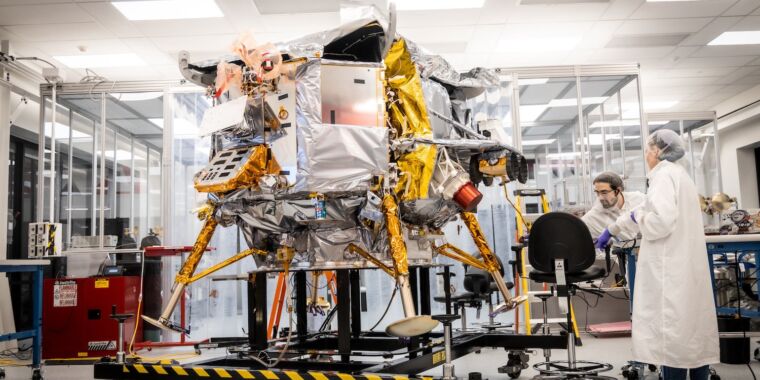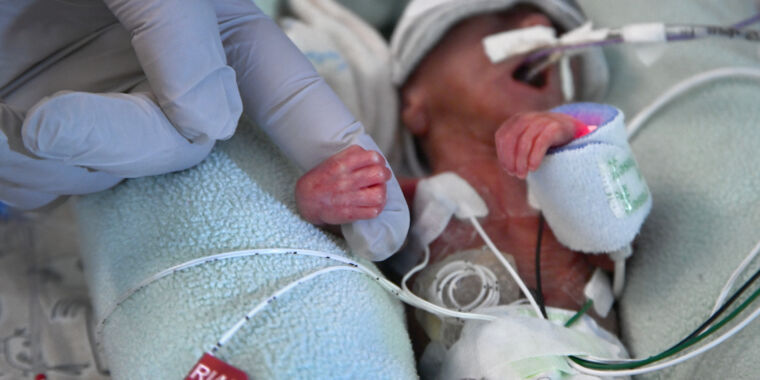
Within a few months, NASA may celebrate the first successful landing of an American spacecraft on the Moon in more than 50 years. This would be an immense confidence boost for commercial startups with an eye on the nascent market for lunar missions. It would also signal to NASA that it can rely on commercial companies for foundational elements of the agency’s Artemis program to return humans to the Moon.
Realistically, there’s also a chance that the first two commercial robotic lunar landing missions may miss the mark. One or both could crash on the lunar surface or otherwise falter along the journey from the Earth to the Moon. This wouldn’t be a disaster. NASA officials have smartly set low expectations for these early commercial lunar missions, but these first landers are several years late, and a series of failures would inevitably raise questions about the program’s future.
Five years after NASA started the Commercial Lunar Payload Services (CLPS) program, two companies finally have lunar landers ready for final launch preparations. Astrobotic’s robotic Moon lander, Peregrine, has been in storage since March at the company’s headquarters in Pittsburgh. This week, Intuitive Machines showed off its completed Nova-C lander to Ars in Houston.
Both landers could ship to Cape Canaveral, Florida, within weeks as they prepare for launch windows later this year. Intuitive Machines is slated to launch first in mid-November on a SpaceX Falcon 9 rocket to start a roughly weeklong journey culminating in a landing near the Moon’s south pole. Although it was ready to fly first, Astrobotic’s launch date is more uncertain because of delays in United Launch Alliance’s Vulcan rocket, the first of which will send Astrobotic’s Peregrine lander toward the Moon. Right now, the earliest the Vulcan rocket could be ready to launch Astrobotic’s lander is in December.
Thomas Zurbuchen, who led NASA’s science division from 2016 until the end of 2022, recently told Ars that a successful landing by a CLPS (pronounced “clips”) contractor would be an important demonstration of US leadership in space. “If a company can do what most countries and most agencies cannot do, that is really important,” he said. “It makes you extremely optimistic about what is possible in space today.”
But it’s taken a lot longer to get to this point than NASA and industry officials expected. Astrobotic and Intuitive Machines originally said they could be ready to land on the Moon in 2021. That was before the COVID pandemic put the brakes on the program.
“First, the supply chain was impacted by the pandemic,” said Chris Culbert, NASA’s CLPS program manager, in a meeting of lunar scientists last month. “Things slowed down.”
It’s been almost 51 years since the last time a US spacecraft achieved a soft landing on the Moon. Suppliers just weren’t ready with on-the-shelf products to sell to Astrobotic or Intuitive Machines.
“Just because we know we used to be able to do it does not mean that we do today,” Zurbuchen said.
“If you think about it, right now, we are funding probably more than two-thirds of the lunar landers ever built in human history, and we’re doing it all at once,” Culbert said. “The supply chain wasn’t ready for that. That supply chain is starting to build out. We don’t dictate the supply chain. I don’t buy engines. I don’t buy tanks. I don’t buy landing struts. These companies are doing it.
“If you asked me in 2018 or 2019, I would have bet a good dinner that it’s faster (than it has been),” Zurbuchen said. “What I didn’t know at that point was that there was going to be COVID, which certainly was a factor. But yeah, it took longer than I expected. That probably means that I misjudged the engineering development quite substantially.”








